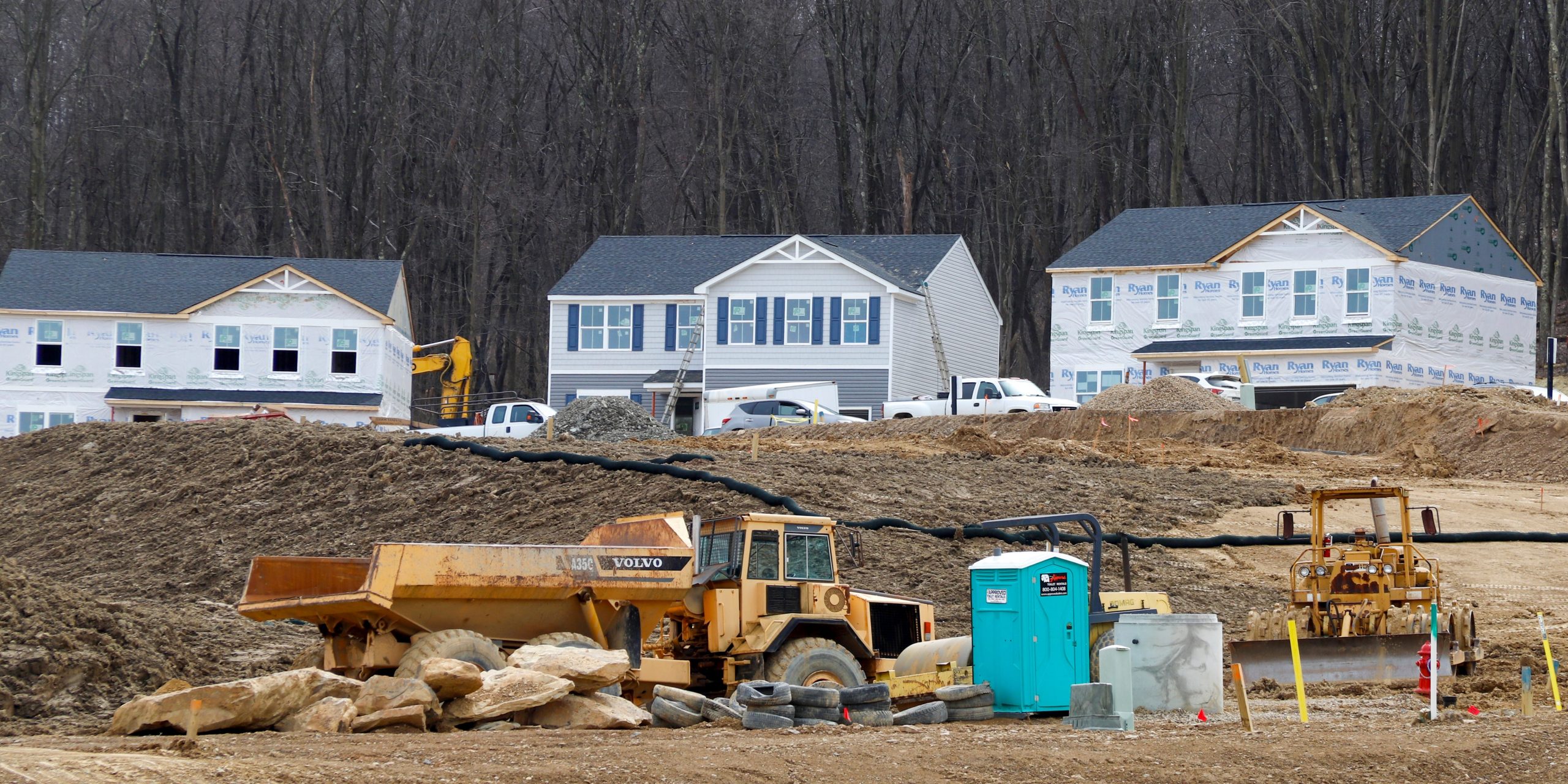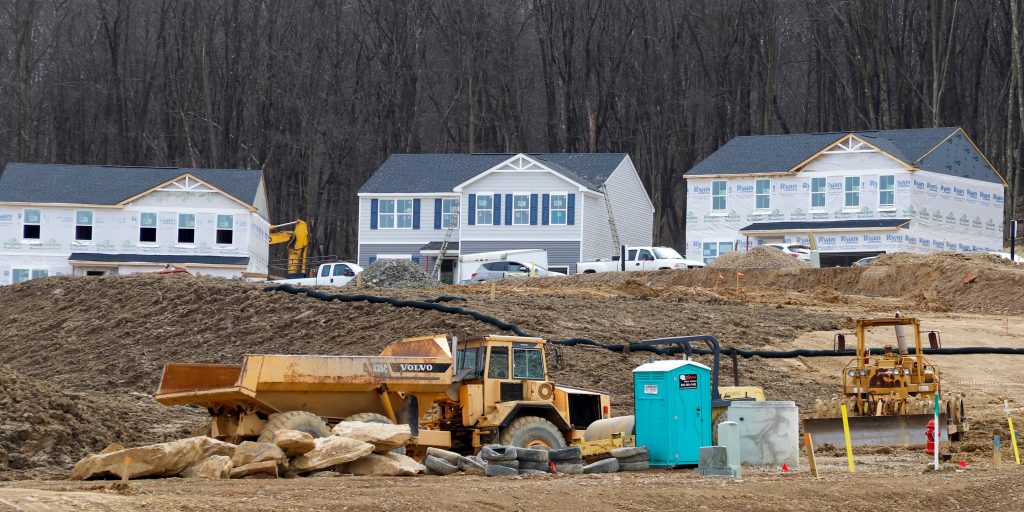
Associated Press
- Democrats' $1.75 trillion spending plan includes housing aid, but it's unlikely to solve the affordability crisis.
- The package is estimated to create 1 million homes, yet estimates of the shortage are as high as 6.8 million.
- The plan's unveiling comes amid record home price surges and builders holding off on new supply.
Democrats' massive spending package includes historic investments toward solving the housing shortage. The math says it's probably not enough.
President Joe Biden unveiled the latest version of his Build Back Better plan on Thursday as Democrats scramble to pass his legislative agenda. Among the plan's headline features is the goal of building 1 million homes. Yet experts say the construction boom may need to be as much as seven times larger.
Estimates of the nationwide shortage range dramatically. Freddie Mac said in May that the country needed 3.8 million new homes at the end of 2020. Yet the National Association of Realtors projected in June that, after accounting for yearly demolitions, the hole in the market is closer to 6.8 million homes.
The current plan touts major programs like universal preschool and clean-energy tax breaks. It also includes $150 billion in housing aid. The funds come as US home prices skyrocket and buyers struggle with a widespread home shortage But that sum is down from the $359 billion included in the earlier proposal.
Its projected impact has also been slashed. The original framework had sought to create more than 2 million homes, double what the updated framework targets.
Even if the package is approved, it's likely the housing shortage will remain. Decades of underbuilding have left the country with too few homes, especially as millennials enter their peak homebuying years and drive demand higher.
"I still can't quite decipher how the BBB plan will help the housing shortage, and I am starting to worry it's because it won't," Daryl Fairweather, chief economist at Redfin, said in a Thursday tweet.
Housing support is coming up short, too
The $1.75 trillion proposal is the product of weeks of negotiations, particularly with centrist Senate Democrats Joe Manchin and Kyrsten Sinema, who both balked at the initial $3.5 trillion price tag.
Slimming down the provisions also cut funding for various forms of housing support. Programs including the Housing Trust Fund, public housing, and rental vouchers remain in the bill, but with less funding. Taken together, the cuts give experts less hope for addressing the affordable-housing crisis.
"Housing aid helps people in the short run, but it doesn't solve the fundamental problem of there being too few homes," Fairweather told Insider. "Without more homes, inevitably the market price for homes will keep increasing."
The Build Back Better plan isn't the only way Democrats are trying to fill the gap. Biden rolled out a set of regulatory changes in September that is expected to create 100,000 new homes over the next three years. That plan is among the few efforts Biden can take without Congressional support, but it also pales in comparison to the total shortage.
Those hoping for builders to come to the rescue are also likely to be disappointed. The NAR estimates US housing starts need to reach an annual rate of 2 million to make a dent in the shortage. Yet starts slid slightly to 1.55 million in September. Construction should pick up next year, but even then starts will only hit an annual pace of 1.65 million, economists at Goldman Sachs said earlier in October.
"The builders do not care anything about the existing-home-sales market and they don't care about the housing shortage," Logan Mohtashami, lead analyst at HousingWire, told Insider earlier in October. "They'll always go slow and steady ... People want an oversupplied market, and we just don't do that in America."

